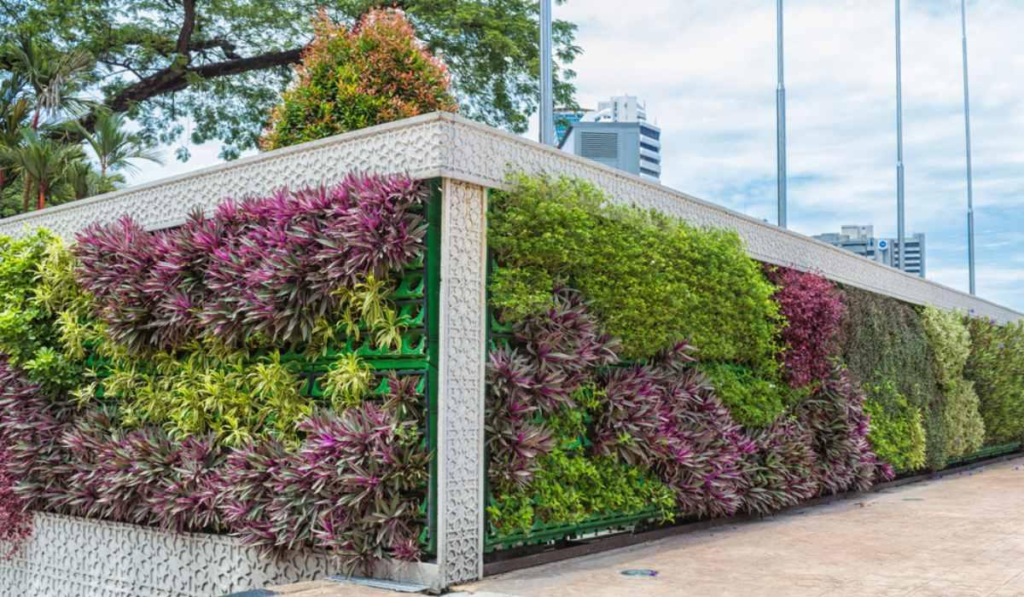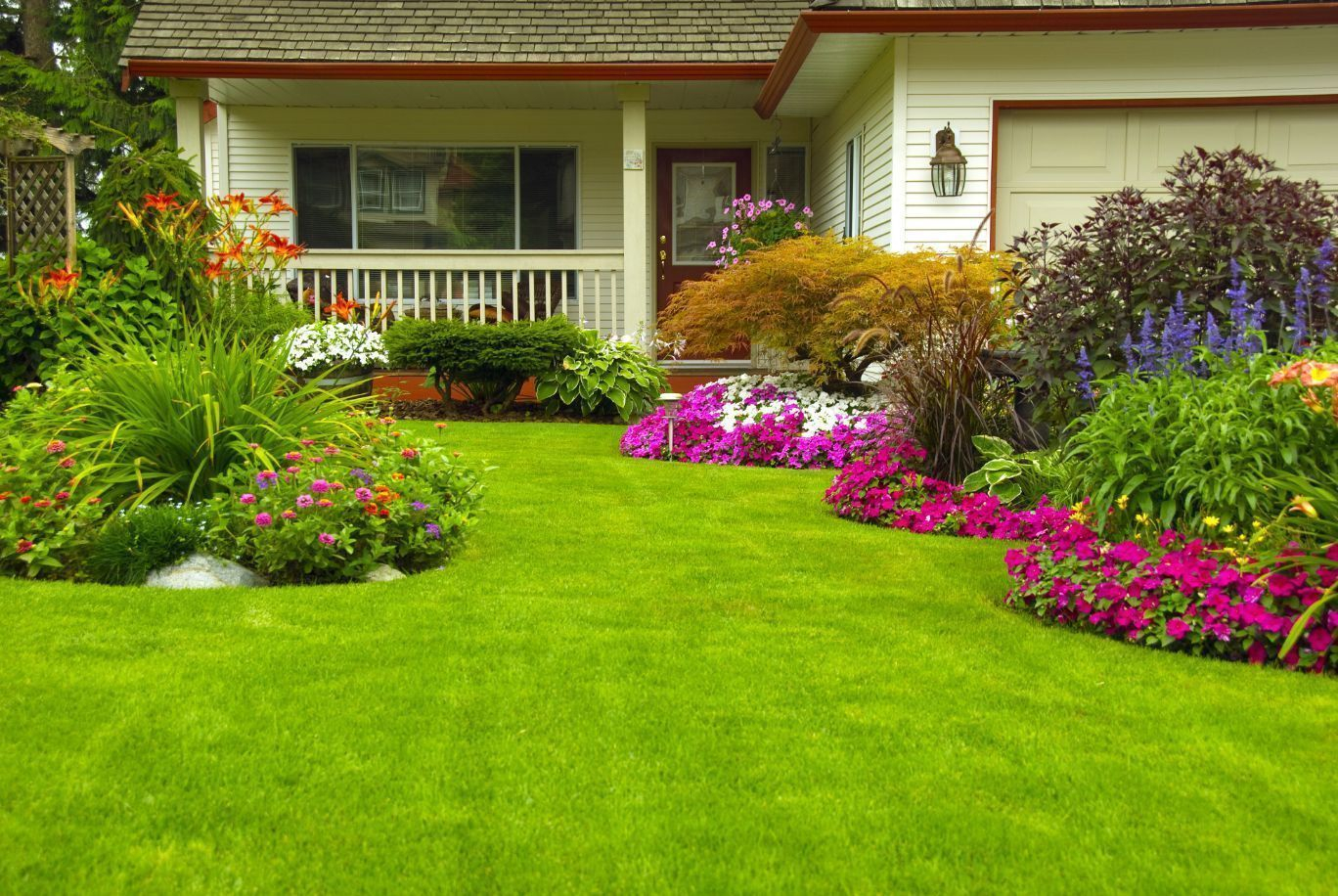Gardening is a lucrative and enjoyable activity that not only beautifies your home but also supplies you with fresh vegetables and flowers. You can produce a beautiful and healthy garden with the appropriate information and skills. We will present 22 modern gardening suggestions in this article to help you build a greener home garden.
Table of Contents
Begin with good soil
A good garden begins with healthy soil. Make sure your soil is of high quality and rich with organic matter. To improve the quality of your soil, you can add compost, manure, or other organic materials.

Choose the appropriate plants
Select plants that are appropriate for your climate and soil conditions. Investigate several plant species and select ones that are best suited to your environment. You can also seek advice from a local gardening supply store or an agricultural extension office.
Plant at the appropriate time
Plant at the appropriate time of year for your region. Plants thrive in certain seasons, so be sure you know when to plant them. Again, contacting local resources like an agricultural extension agency can be beneficial.
Water Correctly
To foster deep root growth, water thoroughly and infrequently. To establish healthy root systems, water your plants deeply but less frequently. Consider installing a drip irrigation system to ensure that your plants receive a steady amount of water.

Mulch
Mulching aids in the retention of soil moisture, the suppression of weeds, and the regulation of soil temperature. Mulch your garden with organic materials such as shredded leaves, grass clippings, or straw.
Make use of compost
Compost is an excellent natural fertilizer that will enrich your soil. Compost can be made by collecting organic items such as vegetable leftovers, leaves, and grass clippings.
Crop rotation
Crop rotation can help reduce soil-borne diseases and pests. Planting the same crops in the same spot year after year can deplete the soil’s nutrients and make it more vulnerable to illnesses and pests. You can help to avoid these problems by rotating crops.
Planting companions
Certain plants can help repel pests or improve soil health when grown together. growing marigolds, for example, can help repel pests, while growing beans can help fix nitrogen in the soil.

Use organic pest control strategies
Consider natural pest control methods such as companion planting or the release of beneficial insects. Beneficial insects such as ladybirds and praying mantises can aid in the control of pests such as aphids.
Select disease-resistant plants
Choose plants that are disease resistant in your location. This can aid in disease prevention and lessen the need for chemical pesticides in your garden.
Plant Successional Flowering
‘Some effective garden planning entails attempting to ensure that there is successional blooming throughout the year. ‘Having different plants flower at different times will keep a steady stream of vital pollinators flocking to your garden, working their helpful magic throughout the seasons,’ explains August Bernstein, tutor of the Raymond Blanc Gardening School at Le Manoir aux Quat’ Saisons (opens in new tab), where they grow the delicious organic produce used in his renowned restaurant. Collecting seeds is a low-cost approach to keep your flower beds blooming by multiplying the flowers from your stock.

Protective nets should be used to cover crops
Cover some of your prized crops with netting to protect them from caterpillars and other leaf-eating critters. Instead of spraying brassicas like Brussels sprouts and cabbages, we use a tiny net to prevent butterflies from laying eggs on them. ‘It’s worth investing in a good net that you can use year after year,’ August says.
Maintain An Eye On The Weather
Work with unpredictable weather patterns and climate change by planting or sowing crops and flowers according to what the weather is doing in any given year, rather than thinking you will always plant at the same times every year. We keep one eye on the weather. My best advice is to always check the latest frost date in your location, as we all have varied dates across the country. It’s all too easy to watch someone planting tomatoes on social media and decide to do the same – yet your area may have a completely different climate.
Plants with high resistance should be chosen
The most resilient plant kinds that can adapt to weather and conditions are essential for a sustainable garden. They will then require less intervention and upkeep, assisting in the preservation of your garden’s ecology. At Le Manoir, we are researching specific kinds that may have to replace others owing to climate change. Not only do we require moderate winters and strong frosts, but we also require a lack of warmth and cool nights in summer for the fruit to ripen. This technique gives our apples the characteristic sweetness we’re used to. In recent years, some apples have not been as sweet as they should have been.

Enhance Soil Health
Soil is essential for growing a sustainable garden, capturing and storing carbon, and providing a home for the billions of microbes and other critters that keep the world healthy. Improving soil quality is one of several wildlife garden suggestions.
Select Native Plants
Consider including native plants to help insects and wildlife.
‘If you choose the right plants for the location, they will require less feeding and watering,’ landscape designer Sarah Eberle(opens in new tab) recommends. Naturalistic planting designs that use the proper native plants in the right spot make ecological and financial sense because you won’t have to replace plants that don’t work.
Allow the lawn to grow
Avoiding perfect lawns and allowing them to grow longer is one of the most essential ways gardeners can establish a sustainable garden.
With climate change potentially causing water shortages and prolonged periods of drought, neatly maintained lawns may become a thing of the past, with a shift towards eco-friendly landscapes.
To Improve Your Eco-Credentials, Try Permaculture Gardening
Permaculture gardening should be practiced regularly to maintain your outdoor plot. It is, in the end, the best way to achieve a low-maintenance garden, and you may already be doing much of it.
Using food waste for compost; allowing dead plants to become home-grown mulch; replacing harmful synthetic fertilizers with companion planting and natural deterrents; avoiding the use of one-time plastics, such as plastic pots, by using recycled pots, biodegradable plant markers, and so on, are all part of this approach to achieving a sustainable garden.
To Save Water, Plant A Dry Garden
Whether you are revising a border or remodeling a full garden, planning a dry garden is a terrific eco-friendly option. Dry gardens contain plants that thrive in dry, sunny environments, such as those found while researching how to create a Mediterranean garden. These have everything from woody, fragrant herbs to olive trees and require very little water to thrive.

To attract pollinators, plant nectar-rich flowers
Planting a variety of native plants in your garden, with a concentration on flowers rich in pollen and nectar, such as bee-attracting flowers, will assist to increase biodiversity. It will also assist to reverse the decline of bees, butterflies, and moths, all of which are critical to the ecosystem and thus to all of us. If you’re looking for ways to attract butterflies, one of the things you can do in your sustainable garden is grow some flowers that they like.
Make Use of Natural Pest Control
Use organic growth methods instead of chemicals, which are hazardous to the garden’s natural inhabitants. A sustainable garden does not use chemicals and instead relies on natural pest management. When deciding whether to plant veggies, consider companion plantings and sustainable fertilizers, such as handmade compost and mulch.
Gather Rainwater
Begin by obtaining a water butt or using a large container to collect rainwater from your downpipes for your sustainable garden. The gathered water can then be utilized to water your plants, conserving water while yet providing your shrubbery with the refreshing drink it requires after a sunny day. To save water, avoid using the hose and sprinklers and instead, invest in a dependable old watering can.
